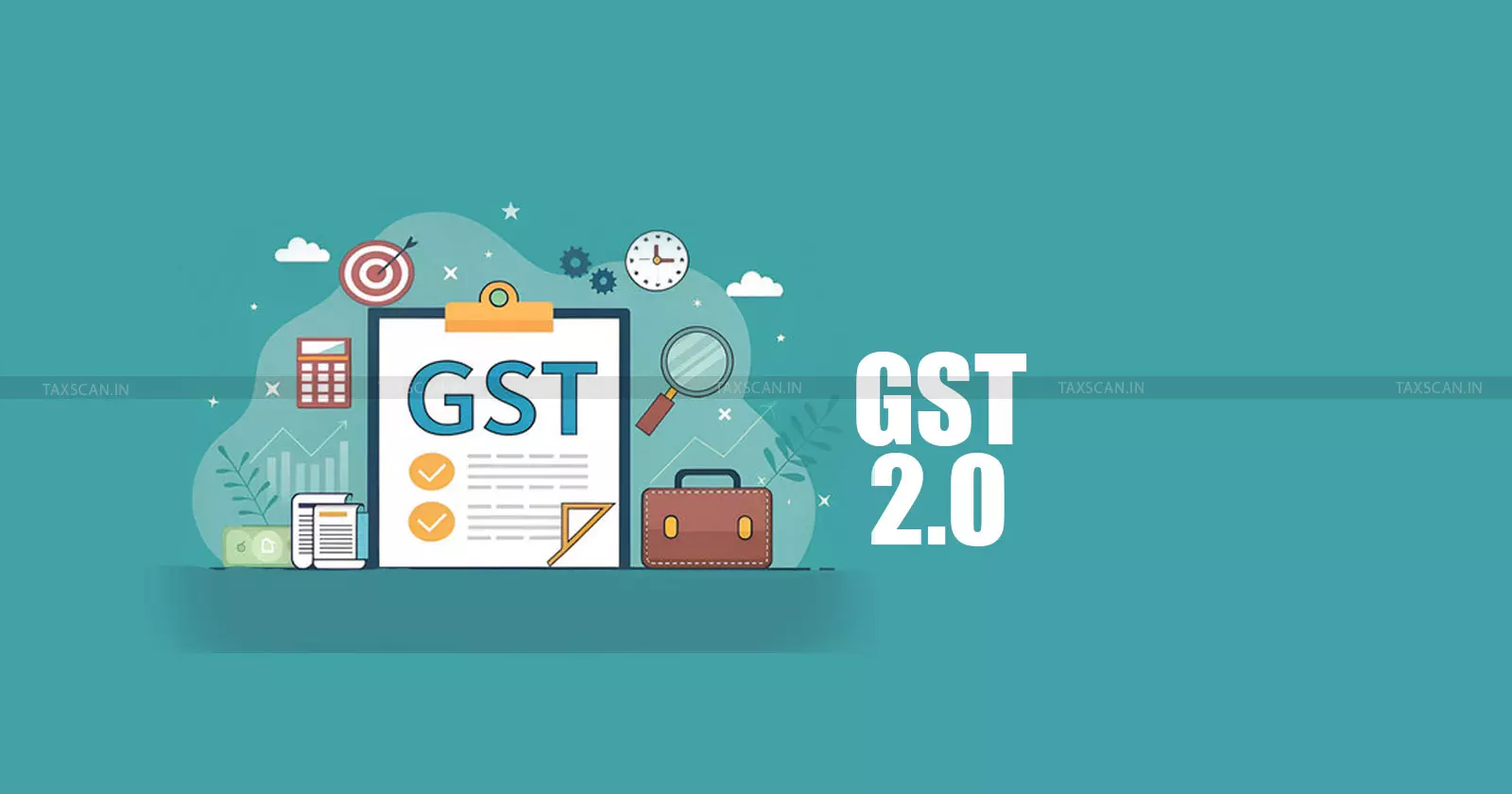GST 2.0 Reforms for Home Construction: What Every Homeowner and Builder Should Know
GST 2.0 cuts tax rates on key building materials like cement, tiles, and paints, helping homeowners and builders save 3-5% on overall construction costs.

The GST 2.0 reforms simplify India’s indirect tax system for the construction sector by reducing complexity and easing compliance. The earlier four-slab system (5%, 12%, 18%, 28%) has been replaced by a two-slab structure (5% and 18%), making tax calculations more transparent and predictable.
Key GST 2.0 Changes for Construction Materials
Several building materials critical to home construction have received major GST cuts under the new regime.
Major Rate Reductions
- Cement: Reduced from 28% to 18%, a key material accounting for around 15% of total construction cost.
- Tiles and ceramics: Down from 28% to 18%, lowering flooring and finishing costs.
- Paints and varnishes: Down from 28% to 18%, reducing finishing and decorative expenses.
- Marble and granite blocks: Cut from 12% to 5% (processed marble remains at 18%).
- PVC pipes: Down from 18% to 5%, lowering plumbing installation costs.
Master the Latest Amendments in Income Tax Act Click here
Present GST Rates for House-Building Materials
| Material | Old GST Rate | New GST Rate | Remarks |
| Cement (all types) | 28% | 18% | Major cost reduction |
| Paints & varnishes | 28% | 18% | Applies to all categories |
| Tiles (ceramic, vitrified) | 18–28% | 18% | Uniform rate introduced |
| Bricks (clay, fly ash, sand-lime) | 12–18% | 5% | Substantial reduction |
| Sand (natural, manufactured) | 5% | 5% | No change |
| Iron & steel (TMT rods, products) | 18% | 18% | No change |
| Marble & granite (blocks) | 12% | 5% | Raw material relief |
| PVC/CPVC pipes | 18% | 5% | Major reduction |
| Electrical wiring & switches | 18% | 18% | No change |
| Glass sheets | 18% | 18% | No change |
| Sanitaryware | 18% | 18% | No change |
| Wood (raw, bamboo flooring) | 5% | 5% | No change |
| Building stones, gravel, pebbles | 5% | 5% | No change |
Highlights
- Cement and paint GST cut from 28% to 18%.
- All the bricks now taxed uniformly at 5%.
- Marble and granite blocks reduced to 5%.
- Material costs expected to decline by 3-5% overall.
Estimated Cost Savings for Homeowners
Industry analysts project 3-5% total cost savings on home construction under GST 2.0.
Example Savings:
- For a Rs. 30 lakh project → Approx. Rs. 52,000 saved on key materials
- Cement: Rs. 30,000
- Tiles: Rs. 16,000
- Paint: Rs. 6,000
- For a Rs. 60 lakh project → Savings can exceed Rs. 1 lakh.
A reduction of 10 percentage points in cement GST alone can save Rs. 35 per bag, translating to Rs. 35,000 for 1,000 bags.
Want a deeper insight into the Income Tax Bill, 2025? Click here
GST Applicability by Property Type
| Property Type | GST Rate | ITC Availability | Eligibility/Remarks |
| Affordable Housing | 1% | No | Price ≤ Rs. 45 lakh; Carpet area ≤ 60 sq.m (metros) / 90 sq.m (non-metros) |
| Non-Affordable Housing (Under Construction) | 5% | No | Applies till completion certificate |
| Ready-to-Move Property | Exempt | – | No GST once completed |
| Commercial Property | 12% | Yes | Builders can claim ITC |
GST Registration and Compliance for Homeowners
Individual homeowners do not require GST registration, regardless of project value.
Important Points
- No Input Tax Credit (ITC): Homeowners must bear GST on materials and services without claiming any setoff.
- Contractor Responsibility: Contractors with turnover above Rs. 20 lakh must be GST-registered; their service charges include GST.
- Documentation:
- Always collect GST invoices from suppliers and service providers.
- Maintain work completion certificates and material consumption logs for accountability.
Blocked Input Tax Credit (ITC) Rules
Under Section 17(5)(d) of the CGST Act, ITC is not allowed for materials or services used to build personal immovable property.
Exceptions:
- Construction for providing further works contract services.
- Construction of business-related plant or machinery.
Homeowners constructing for personal use cannot claim ITC on cement, tiles, or contractor services.
Strategies to Maximize GST 2.0 Benefits
- Time Your Project: Start construction or bulk material purchases after September 22, 2025, to ensure reduced GST rates apply.
- Negotiate Contracts: Update existing agreements to reflect GST savings and verify cost pass-through.
- Purchase Key Materials Directly: For cement, bricks, and tiles, buying directly from suppliers ensures full benefit of reduced rates.
- Request Detailed Quotes: Demand itemized contractor estimates to confirm correct GST application.
- Plan Seasonally: Combine post-reform tax savings with favorable construction seasons for maximum cost efficiency.
Regional Variations and Special Factors
- Special Category States: Northeastern and hilly states have lower GST registration thresholds (Rs. 10 lakh vs Rs. 20 lakh).
- Metro vs Non-Metro: Affordable housing definitions differ based on carpet area and price limits.
- Market Impact: Tier-2 and Tier-3 cities will feel stronger benefits as land costs form a smaller part of total expenses.
Long-Term Industry and Economic Impact
- Developers: Expect 3-5% cost reduction and improved project viability.
- Consumers: Lower construction costs boost housing affordability.
- Investors: Simplified tax regime encourages real estate investment.
- Economy: Reduced construction costs help moderate inflation and stimulate employment.
Common Pitfalls to Avoid
- Incorrect GST Classification: Ensure 5% GST applies to residential construction, not 18%.
- Incomplete Documentation: Keep all invoices and certificates organized for transparency.
- Contractor Margins: Verify that GST savings are passed to you, not absorbed by contractors.
- Ignoring Labor Inflation: Material costs are down, but labor expenses continue to rise.
Support our journalism by subscribing to Taxscanpremium. Follow us on Telegram for quick updates


